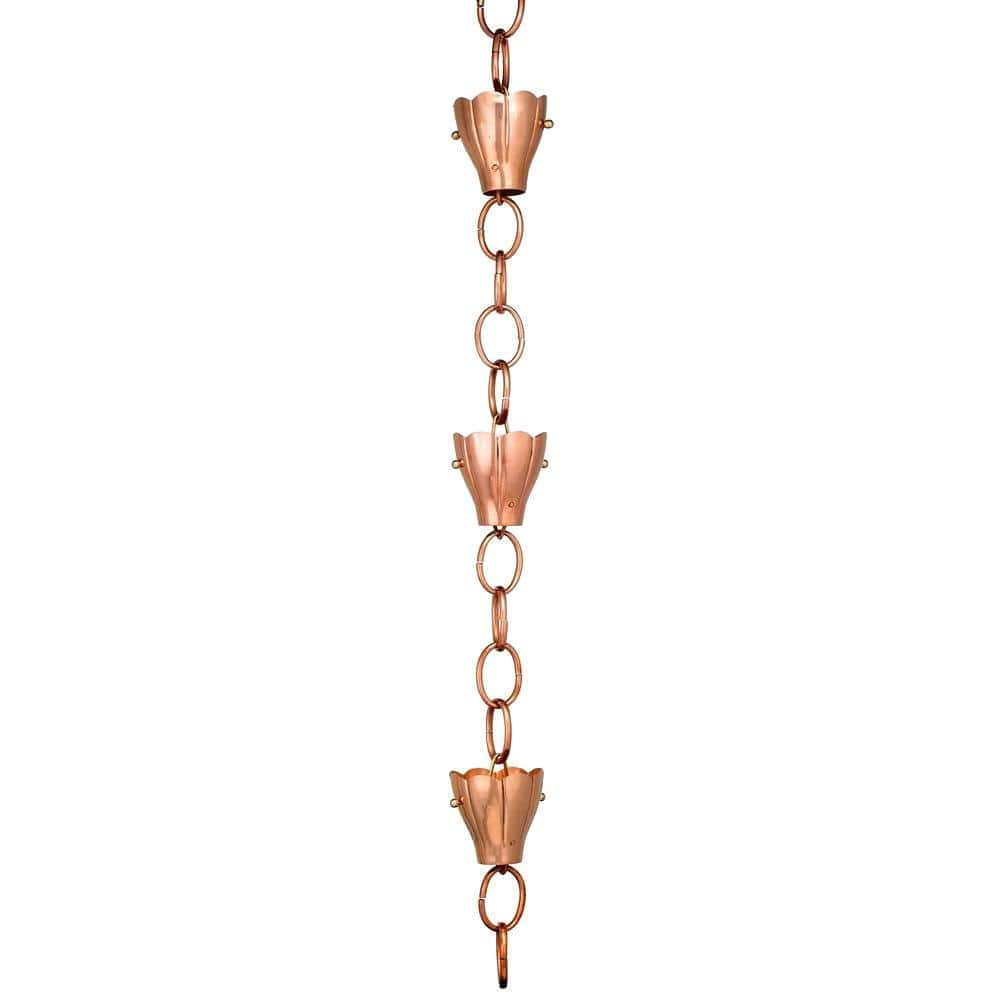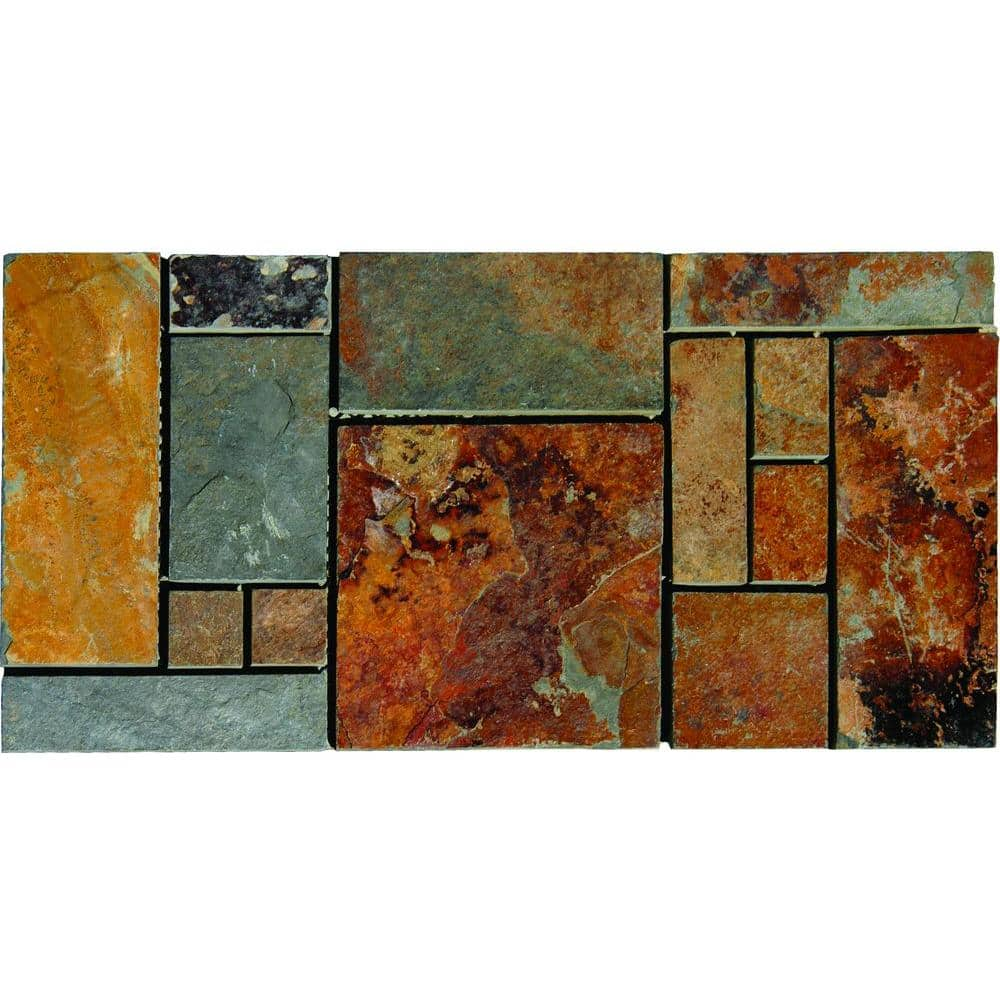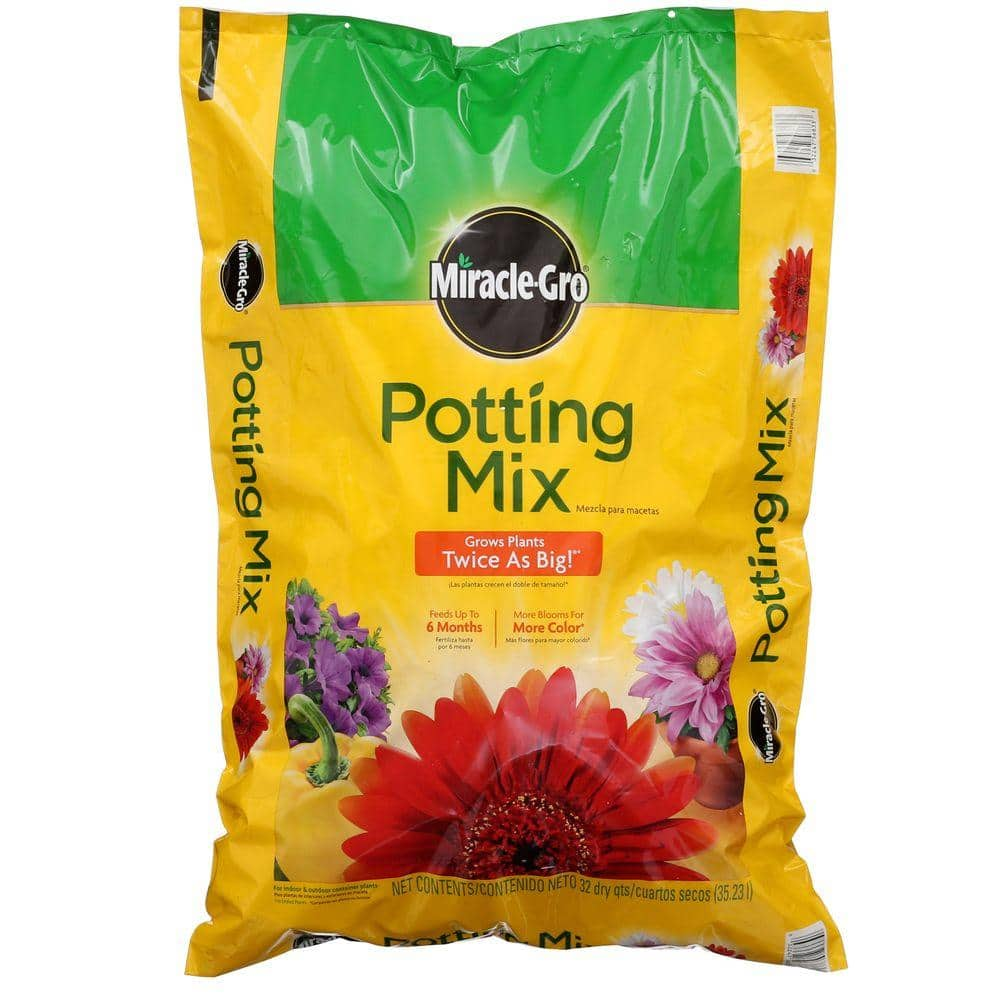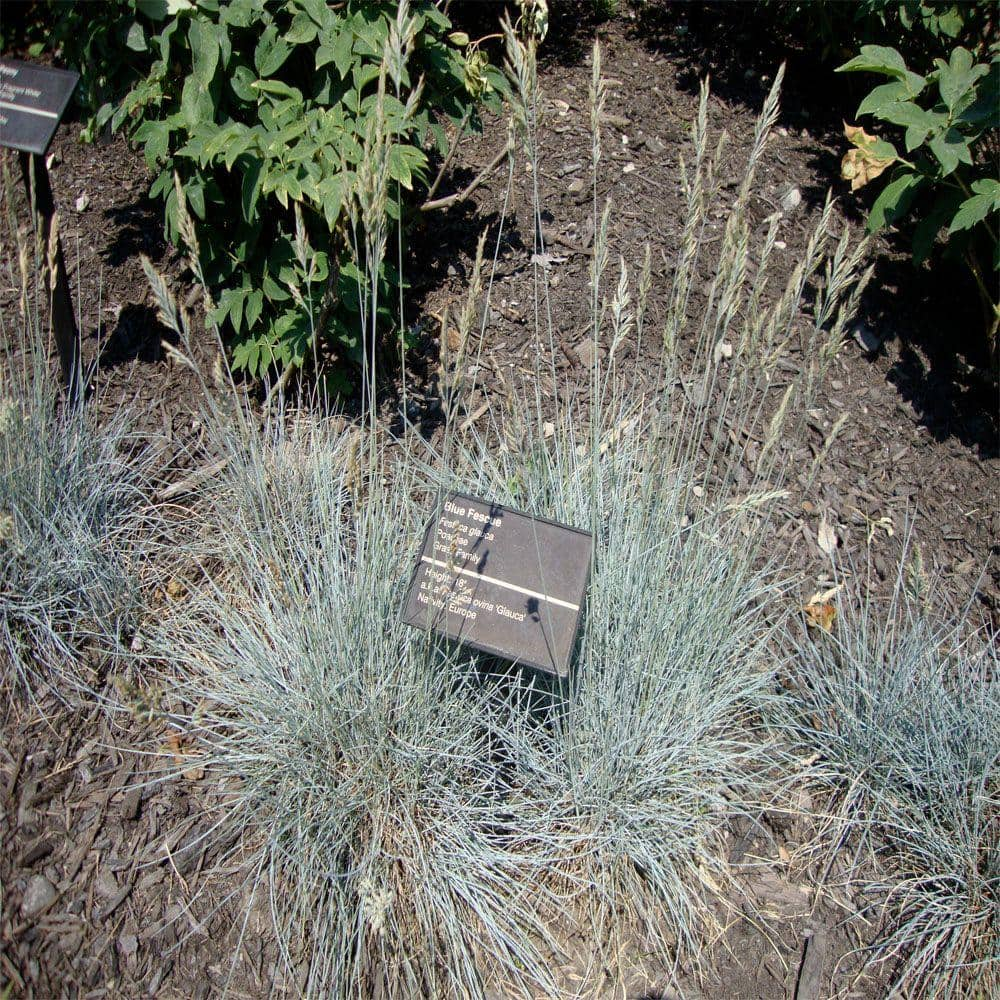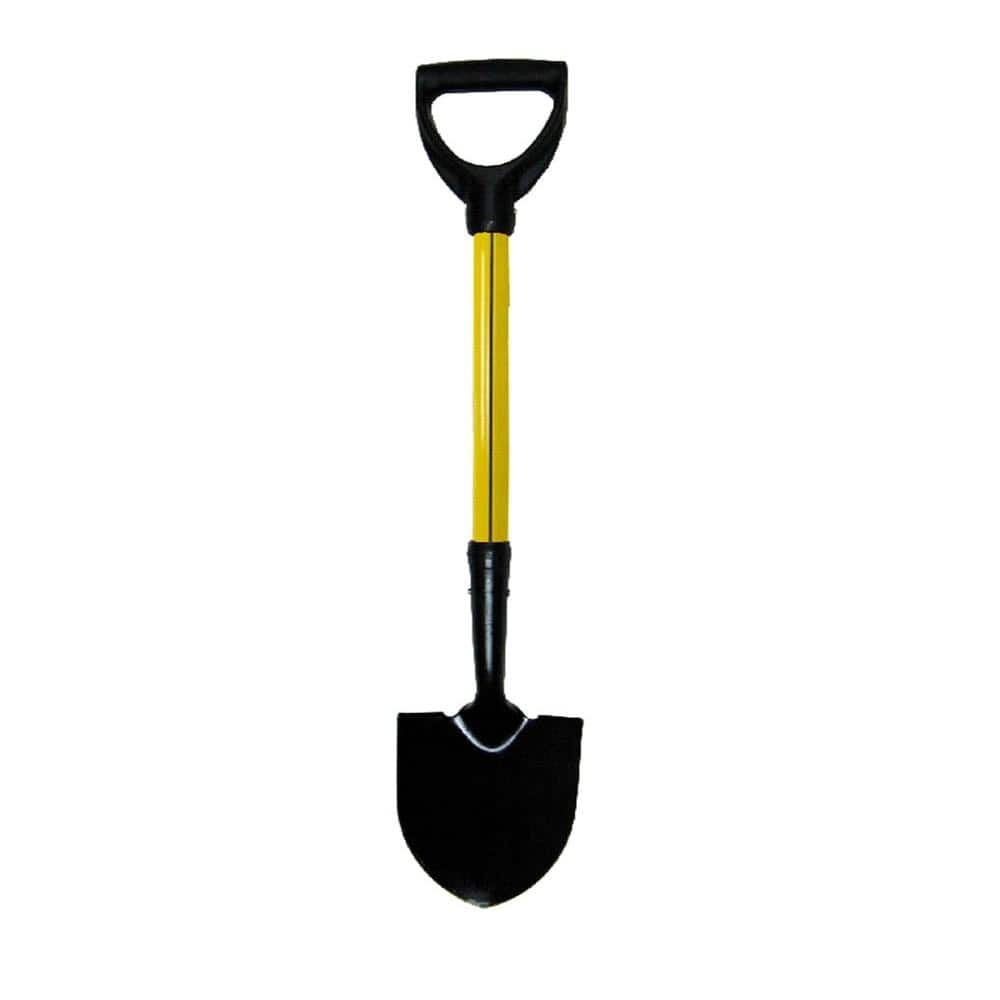6 Ways to Divert Water

Last updated May 6, 2024
While most gardens need water, too much can cause grass to die, damage roots, and create overall unhealthy growing conditions. Excess water around the perimeter of your home may cause water damage in the crawl space, basement or foundation. This guide features six ways to divert water away from your home, lawn or garden.
Table of Contents
Dig a Swale
Construct a Dry Stream
Grow a Rain Garden
Build a Berm
Direct Water into a Dry Well
Lay Permeable Paving
Dig a Swale

A swale, a shallow trench, redirects water to a safe release area like a dry well, arid forest or pond. Digging a swale is an ideal way to direct excess water when it causes erosion on a hill or slope.
A swale should slope downhill, and the trench should gradually get deeper. If your landscape allows, the swale should deepen by one inch for every 10 feet. It should also be two to three times as wide as it is deep.
The swale should drain within 36 hours. Monitor the swale after every rainfall for the first year. Mix compost into the soil bed if it drains too quickly. Mix in sand if the swale drains too slowly.
Line swales with plants that thrive in moist conditions, such as sedges and evergreen ferns.
Before building a swale, make sure to consult with a pro to be sure the water will be properly diverted.
Construct a Dry Stream

Dry streams redirect water and prevent runoff damage. They are suited to slight slopes or low spots where excess water pools. As a practical solution to garden runoff, dry streams are attractive features that draw your eye through the landscape.
The dry creek bed's design depends on your landscape. The basic elements should include an 8- to 10-inch base layer of gravel covered with filter fabric and decorative rocks. Alternate large boulders and plants along the edges. Clumps of sedge grass and ferns are good ornamental choices because they tolerate both moist and dry conditions.
Grow a Rain Garden

If rainwater naturally pools at the bottom of a slope in your yard, plant a rain garden. Choose plants that tolerate wet conditions like iris and ferns. Use a fast-draining soil mix to promote healthy growth. Use a one- to two-inch layer of fast-draining soil topped with two inches of mulch for best results. The surface of the mulch should be lower than the surrounding area, leaving 10 to 12 inches of ponding depth. Plant rain gardens in the wet season in your area so that the soil will be workable.
Build a Berm

A berm is essentially the opposite of a rain garden. Instead of planting at the bottom of a slope, create a mound of soil and plant on top of it. Most berms are generally one to two feet tall and keep plants from touching the wet soil. They can also serve as a focal point in the garden by adding depth and dimension.
Direct Water into a Dry Well

A dry well is a hole in the ground that remains dry until it's needed. Dry wells are particularly useful where downspouts or runoff create flooding.
They can be just a couple feet or several feet deep and wide. Simple hand-dug designs are lined with landscape fabric and filled with rocks. Or, you can purchase a prefabricated well like a catch basin crafted from polyethylene or cement with holes throughout for drainage.
Once installed, cover your dry well with a grate or decorative cover to easily monitor the drain rate.
Install your dry well at least 12 feet away from your home to prevent possible damage to your foundation. Dig a swale to lead excess water to the well if the drainage issue starts closer to the home.
Tip: Call 811 before you dig to find the location of buried utilities.
Lay Permeable Paving

When paving walkways, patios or driveways, use materials that have small gaps to make the area more porous. This method allows water to seep through the surface and slowly trickle through the gravel and into the soil. Permeable paving products not only reduce runoff damage, but look great on any surface.
Excess water in your yard can create an eyesore or, worse, cause serious issues for the foundation of your house. Knowing six ways to divert water away from your home gives you options if there's excess water on your property.
Ready to get the tools and materials you need for diverting water? The Home Depot delivers online orders when and where you need them.
